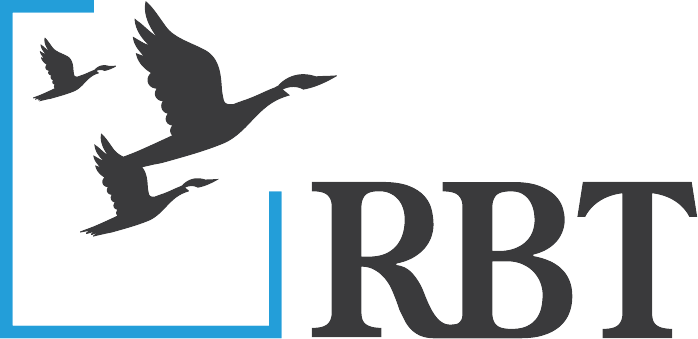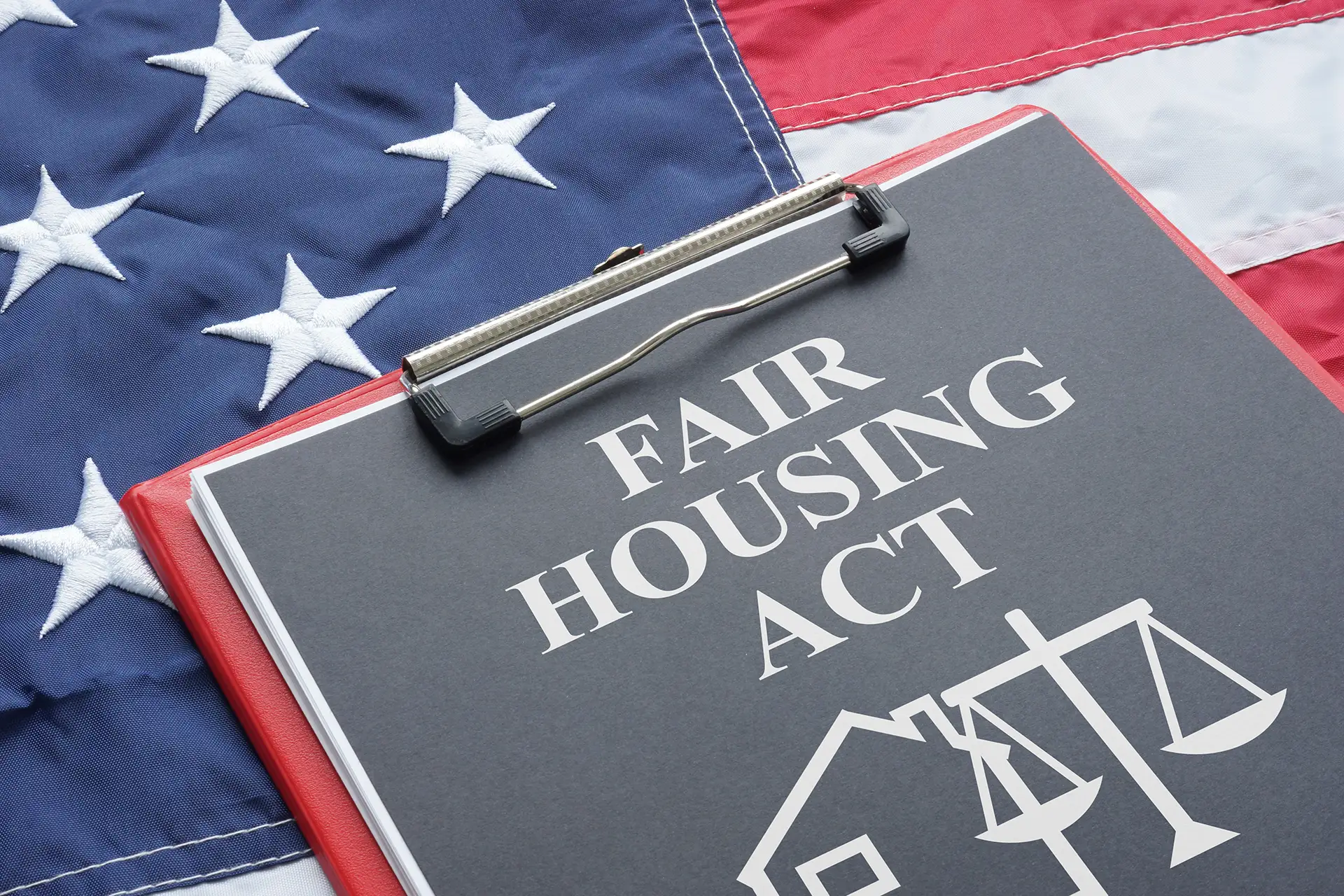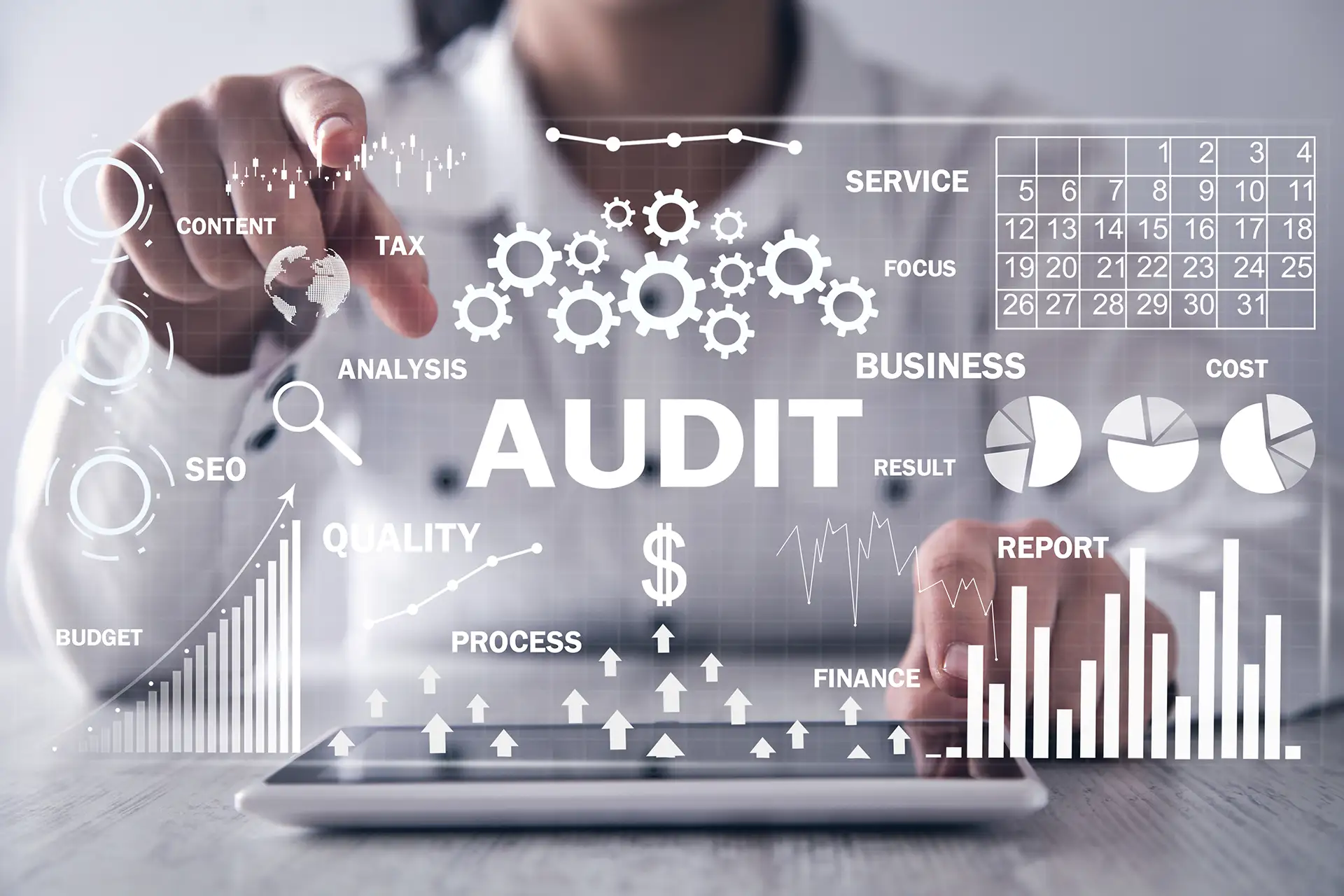Internal controls are mechanisms that help to ensure an organization’s financial integrity. Unions rely on these internal controls to minimize financial risk, prevent fraud, and maintain the accuracy of financial records. It is crucial that these processes are regularly assessed in order to maintain their effectiveness.
What are Internal Controls?
Internal financial controls are processes designed to help prevent fraud, enhance reliability of financial statements, reduce the risk of unexpected financial losses, and ensure compliance with laws and regulations. Internal controls include procedures for authorization, record keeping, reconciliations, and auditing.
Why Do Unions Need Internal Controls?
Strong internal controls serve the following purposes for unions: they protect union funds, safeguard the union’s reputation, promote transparency, provide data for decision-making, and instill member trust.
Union officials are responsible for ensuring that union funds are used solely for the benefit of the union and its members. To ensure the proper use of funds, union leadership must maintain well-monitored systems for the following financial processes:
- Collecting member dues
- Managing union funds
- Forming budgets
- Keeping financial records
- Providing financial reports to members
- Conducting internal audits
- Managing union bank accounts and credit cards
Preventing fraud, corruption, and financial risk is key to maintaining the reputation and integrity of any organization. The U.S. Department of Labor discusses several safeguards for preventing abuse in unions including:
- Division of financial duties amongst multiple individuals
- Issuing of records and receipts to members for dues paid
- Maintenance of records and receipts for all union income and expenses
- Transparency regarding union officer salaries and allowances
- Cosigning of all checks from the union’s bank account
- Full reports of union finances given by the financial officer at each membership or executive board meeting
- Prior authorization for large or unusual transactions
- Internal audit committees (or trustees)
- Regular audits of the union’s financial records
Assessing Your Union’s Internal Controls
Regularly evaluating your union’s internal controls is a critical step for minimizing financial risk. Weaknesses in internal controls can develop if union officials misunderstand the guidelines or if the guidelines are not updated to match changing regulatory requirements. All of the mechanisms discussed above must be periodically reviewed to ensure that they are achieving their objectives in preventing risk to the union.
Reviewing internal controls may involve the use of risk assessments, which identify potential threats and weaknesses in the operations of the organization. Audits of financial records can also help to identify gaps in compliance. If weaknesses are found, then operating procedures can be amended accordingly.
It is critical to stay on top of your union’s financial health to reduce the risk of reputational and operational damage.
Looking to test your union’s internal control processes? RBT CPAs’ experts are happy to provide internal control assessments for your union. At RBT CPAs, we understand the unique compliance and regulatory environment that you operate within. Our firm has been serving organizations in the Hudson Valley and beyond for over 50 years. You can count on RBT CPAs’ professionals to help maintain your union’s reputation for transparency, accountability, and trustworthiness by providing exceptional accounting, advisory, audit, and tax services.
For more information about how our firm can help to maintain the financial health of your union, visit our website or give us a call.










